
The first hint of spring usually begins with a tiny flower valiantly pushing its way up between last fall’s brown leaves. Often small plants, spring ephemerals are delightful, bright signs that spring is headed our way. They often only last a few days but are lovely enough to remain in our memory for months.
Where to plant your ephemerals
Gardening with ephemerals requires restraint. Most of them thrive in understory shade and don’t like to be disturbed unnecessarily. Surprisingly tough, they can tolerate quite dry summer conditions. Heavy mulches and a lot of digging can discourage them. A woodland setting is usually best. However, not that many people have a woodland to garden in. I find the next best thing is a bed under a deciduous tree that gets eastern sun and isn’t likely to be the center of attention in the summer. Most ephemeral plants are at their best in the early spring and frequently disappear completely from the surface after that. Perennials that appear later such as hostas (Hosta spp. and cvs., Zones 3–9) and ferns can be good additions to plant with ephemerals. Most ephemerals rely heavily on relationships with early pollinators and ants to propagate themselves, so planting them in a bed that is unlikely to come into contact with insecticide is also important. Here are a few shade-loving, native spring ephemerals for the South.

Great white trillium
Trillium grandiflorum, Zones 4–8
There are several species of trillium that do well in our Zone 8 garden, but great white trillium is a superb native. Easy to identify with three petals, three sepals, and three leaves, this trillium has white flowers and can grow 1 foot tall. It can easily be purchased from nurseries and shouldn’t be collected from the wild. It may be slow to colonize and won’t do well with heavy plant competition.

Jack-in-the-pulpit
Arisaema triphyllum, Zones 4–9
Jack-in-the-pulpit is so unusual that it’s become one of my favorite plants. It can get up to 2 feet tall. The flower is green and sometimes striped with a hood over the top. If the plant is mature enough, it can produce red berries, which add one more attractive feature. It doesn’t like to dry out, though, so provide additional moisture if the weather becomes hot and dry.

Rue anemone
Anemonella thalictroides syn. Thalictrum thalictroides, Zones 4–8
Rue anemone is a tiny but prolific bloomer. Lacey, delicate leaves support small white to pale pink flowers. It can be single-flowered or double-flowered. One of the best things about this plant is that it reseeds readily. It’s fun to discover how different the tiny flowers of each new plant can look from each other.
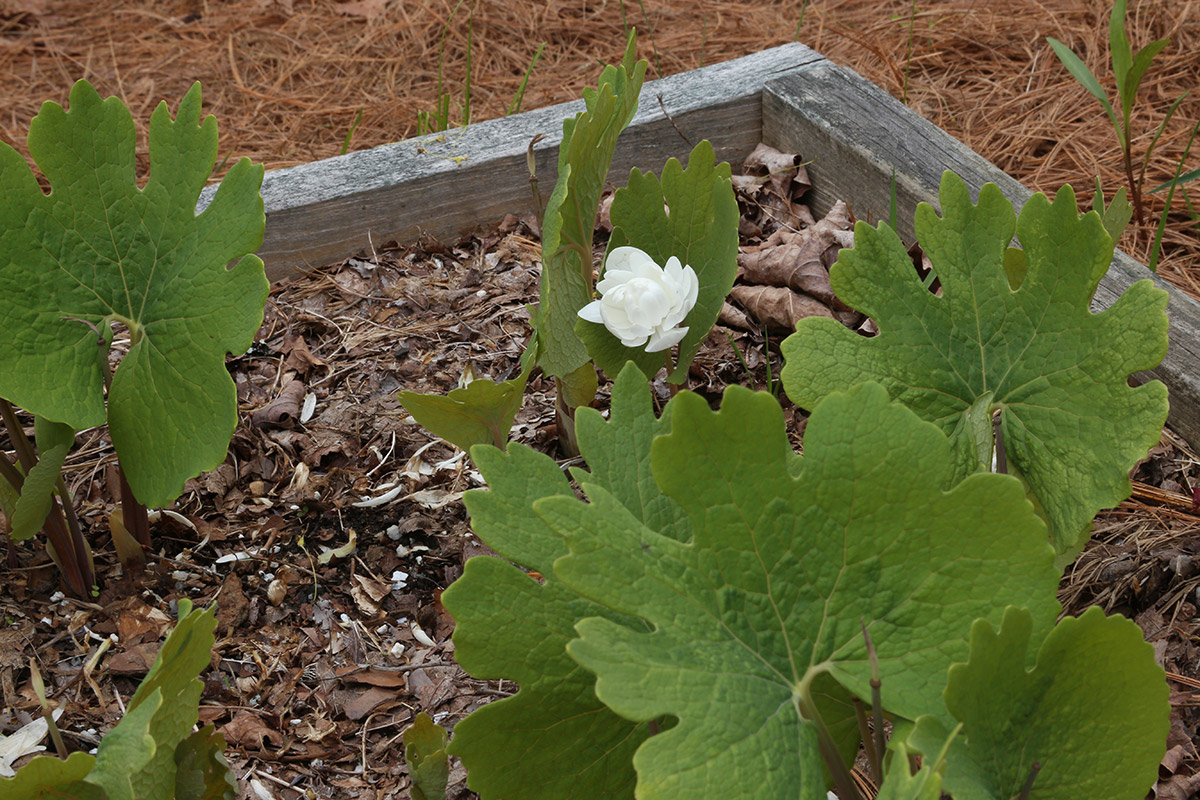
Bloodroot
Sanguinaria canadensis, Zones 3–8
Bloodroot has white flowers that appear before the foliage. The short-stemmed flowers are very pretty and may be single- or double-petaled. It will form a colony from thick red rhizomes.
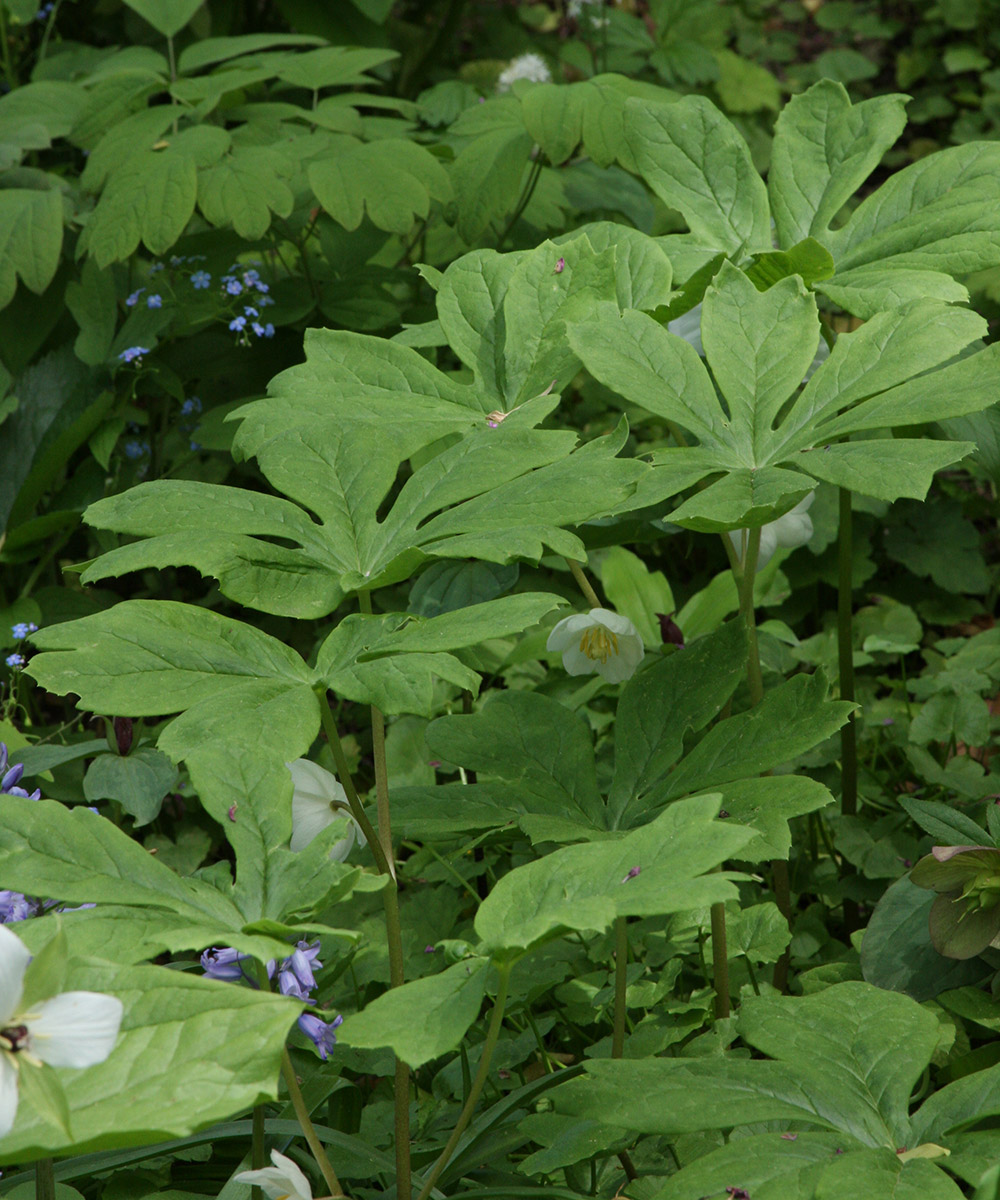
Mayapple
Podophyllum peltatum, Zones 3–8
Mayapple is a bit taller than many spring ephemerals at 1 to 1½ feet, so move it to the back of the ephemeral bed. It spreads from seeds and makes a colony from rhizomatous roots. The larger umbrella-like leaves are a bright green. It blooms with white flowers beneath a leaf pair, which then often goes on to form a yellow fruit.
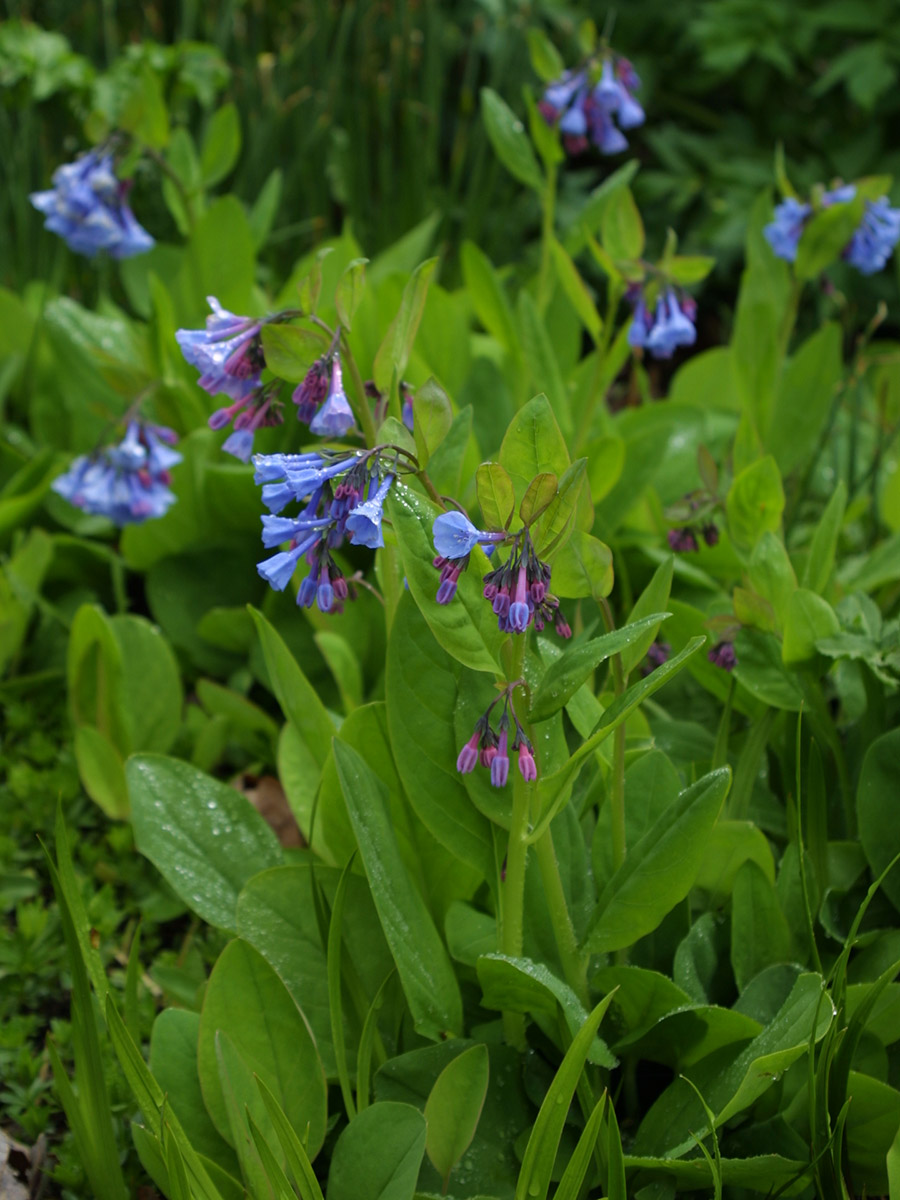
Virginia bluebells
Mertensia virginica, Zones 3–8
Virginia cluebells are beautiful, little bell-shaped blue flowers that emerge from pink buds. They are striking in large colonies and can get up to 2 feet tall. In our area of Alabama, they flower for a full 3 weeks.
—Jason and Shelley Powell own and manage Petals from the Past, a garden center in Jemison, Alabama.
Fine Gardening Recommended Products
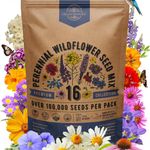
Organo Republic 16 Perennial Wildflower Seeds Mix for Indoor & Outdoors
Fine Gardening receives a commission for items purchased through links on this site, including Amazon Associates and other affiliate advertising programs.

Corona E-Grip Trowel
Fine Gardening receives a commission for items purchased through links on this site, including Amazon Associates and other affiliate advertising programs.

Gardena 3103 Combisystem 12-Inch To 20-Inch Adjustable Metal Fan Rake Head
Fine Gardening receives a commission for items purchased through links on this site, including Amazon Associates and other affiliate advertising programs.

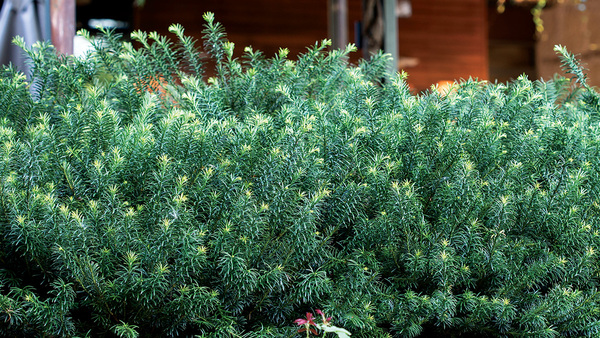


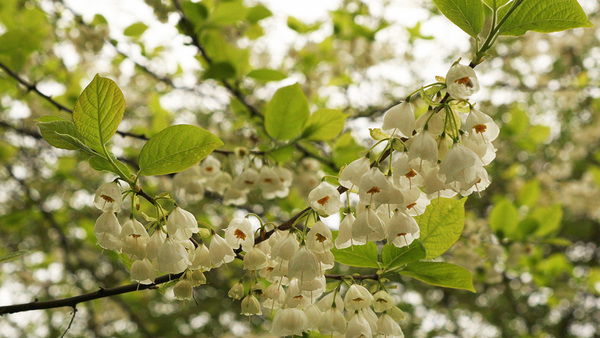













Comments
Log in or create an account to post a comment.
Sign up Log in